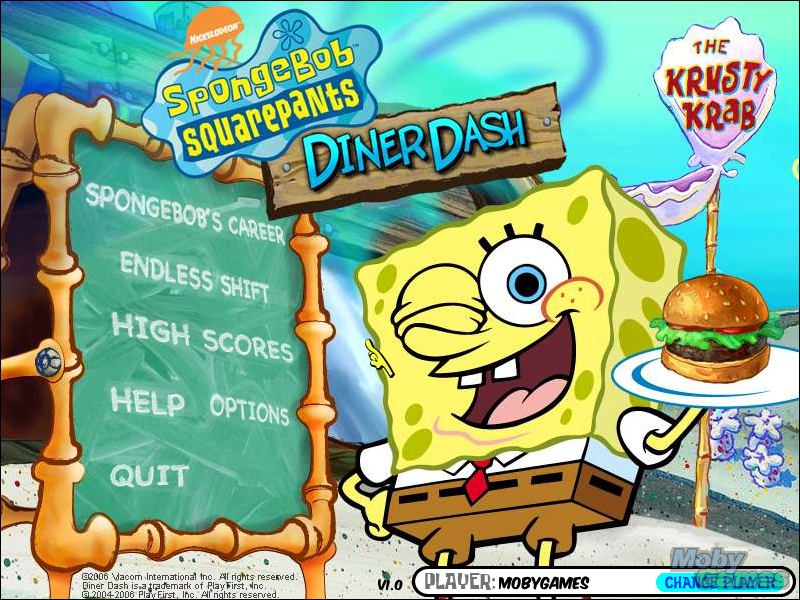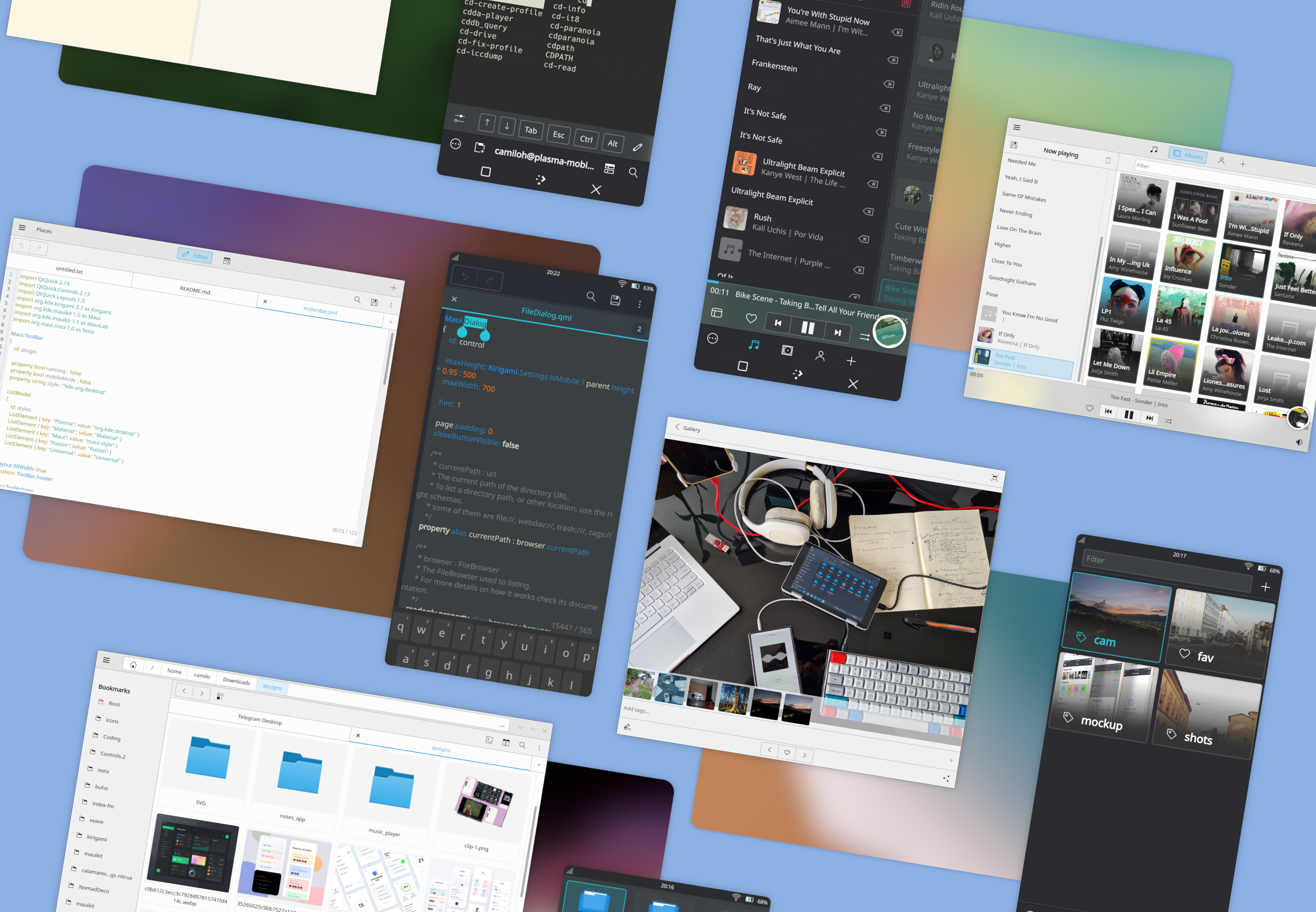

Reduce flickering in some cases where sprites have to be put next to each other in the final program. extrudeĮxtrude repeats the sprite's pixels at the border. This feature is also known as "Alpha bleeding". These color values can reduce artifacts around sprites and removes dark halos at transparent borders. reduce_border_artifactsĪdds color to transparent pixels by repeating a sprite's outer color values. Very useful for sprites with nearly invisible alpha pixels at the borders. When it's set to 0, the trim mode is disabled. Pixels with an alpha value below this value will be considered transparent when trimming the sprite.Īllowed values: 0 to 255, default is 0. This shrinks the sprite's size, allows tighter packing of the sheet, and speeds up rendering since transparent pixels don't need to be processed. Removes transparent pixels from a sprite's border. if your sprite has many pixels along its own boundaries, it will be drawn more smoothly when rotating it. It considerably reduces aliasing along the polygon edges when rotating trimmed or cropped sprites. if your sprite has a few pixels along its own boundaries, scaling the sprite up or down won't let these pixels appear as gaps or cuts. It can help in preventing cut-off artifacts near the edges of scaled sprites. inner_paddingĪdds transparent pixels to the inside of the sprite, growing it. Use a value of at least 2 to avoid dragging in pixels from neighbor sprites when using OpenGL rendering. The transparent pixels are not added to the sprites. Value adds transparent pixels between sprites to avoid artifacts from neighbor sprites. Shape padding is the space between sprites. Value adds transparent pixels around the borders of the sprite sheet. border_paddingīorder padding is the space between the sprites and the border of the sprite sheet. force_squareįorces the texture to have a squared size. Might not be supported by all game/web frameworks. enable_rotatedĪllows the rotating of sprites clockwise or counterclockwise by 90 degrees if they have a better fit in the texture. Sets the maximum height for the texture, default is 4096. Sets the maximum width for the texture, default is 4096. texture_formatĬhoose the texture format that the output file will use, for example ".jpg". A tuple of values can also be accepted, like (R, G, B, A). The default value is 0x00000000, which is in format of "RGBA". The pixels of the empty area in the output image will be filled with bg_color. pack( "test_case/", "test_case%d") Packer Setting bg_color # "%d" in output file name "test_case%d" is a placeholder, which is a multipack index, starting with 0. # pack texture images under directory "test_case/" and name the output images as "test_case". create( max_width = 2048, max_height = 2048, bg_color = 0xffffff00) # create a MaxRectsBinPacker packer = Packer. 
I can't seem to export the graphics using spine as there are so many graphics it never seems to completeĪre there some specific TexturePacker settings I can apply to make this work with the new 3.From PyTexturePacker import Packer def pack_test(): Clicking on "None" or "Visible inside mask" make the graphics completely invisible.

The atlas this produces was working fine in 3.7, however, in 3.8 the SkeletonAnimation is blank when placed into a blank scene, and only by selecting "Visible outside mask" (note, there are no masks on this blank scene) will the skeleton graphics be visisble.
TEXTUREPACKER PRO PRO
I use TexturePacker pro 4.5.0, which is slightly out of date- to export the textures for my "enemy" sprites, since there are a huge amount of image assets (over 2700 small graphics). I re-exported my spine skeletons using the latest 3.8 editor~ and almost everything works fine except some skeletons that I use a different packer for. UNITY 2018.4.2f1- Hi, I just updated my spine runtime from 3.7 to 3.8 to take advantage of the Sprite Masking.







 0 kommentar(er)
0 kommentar(er)
